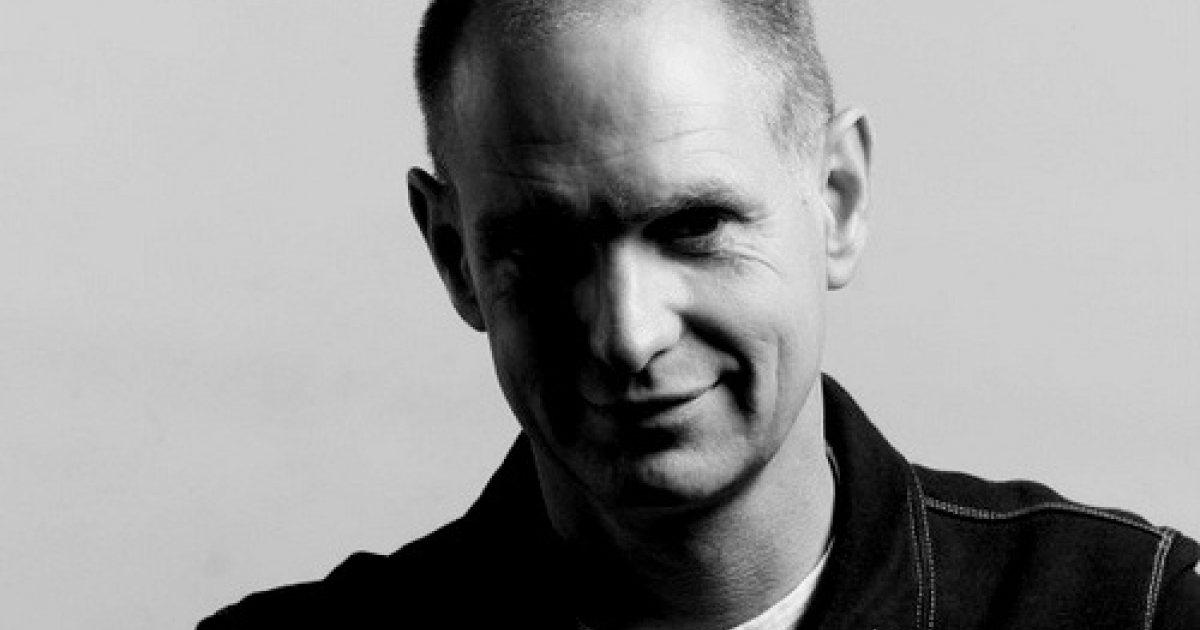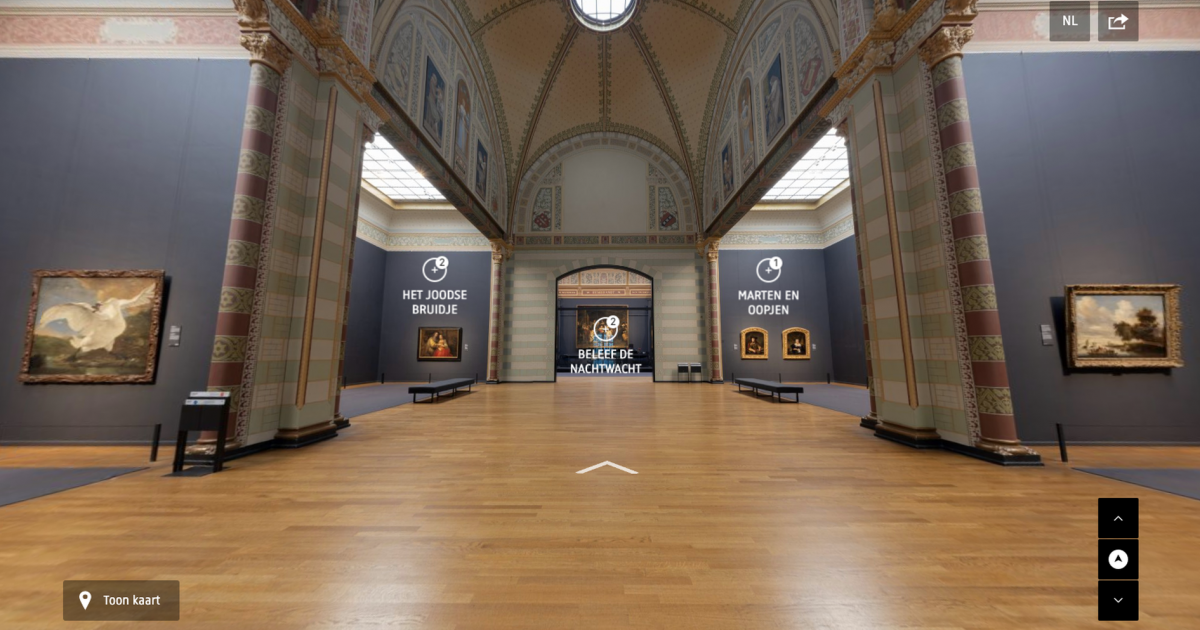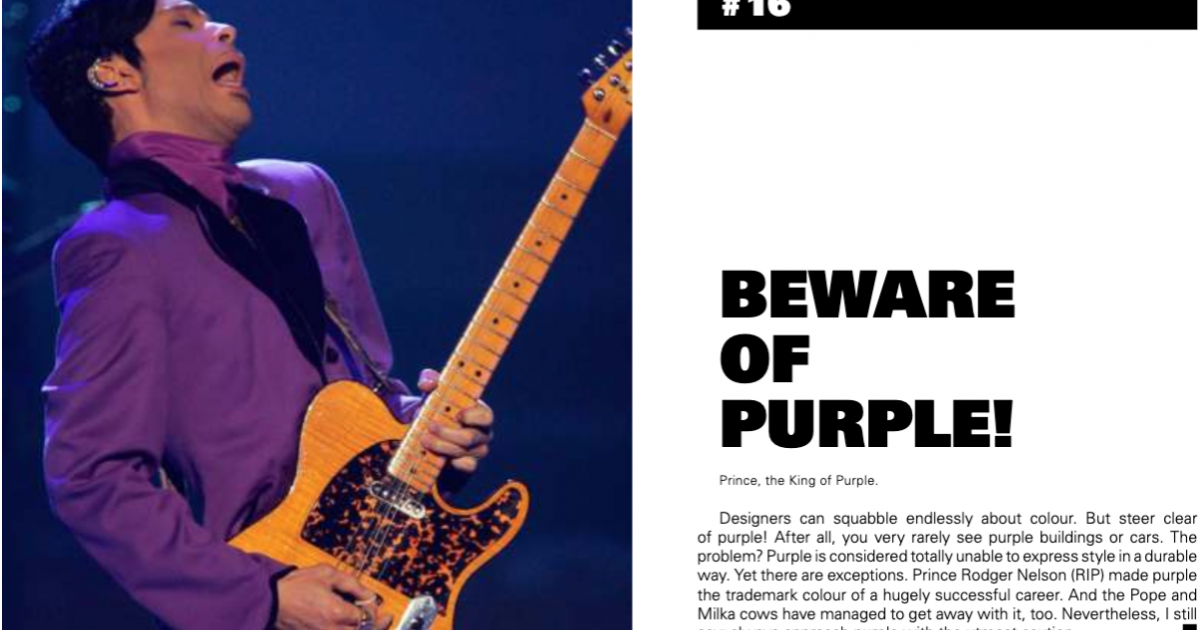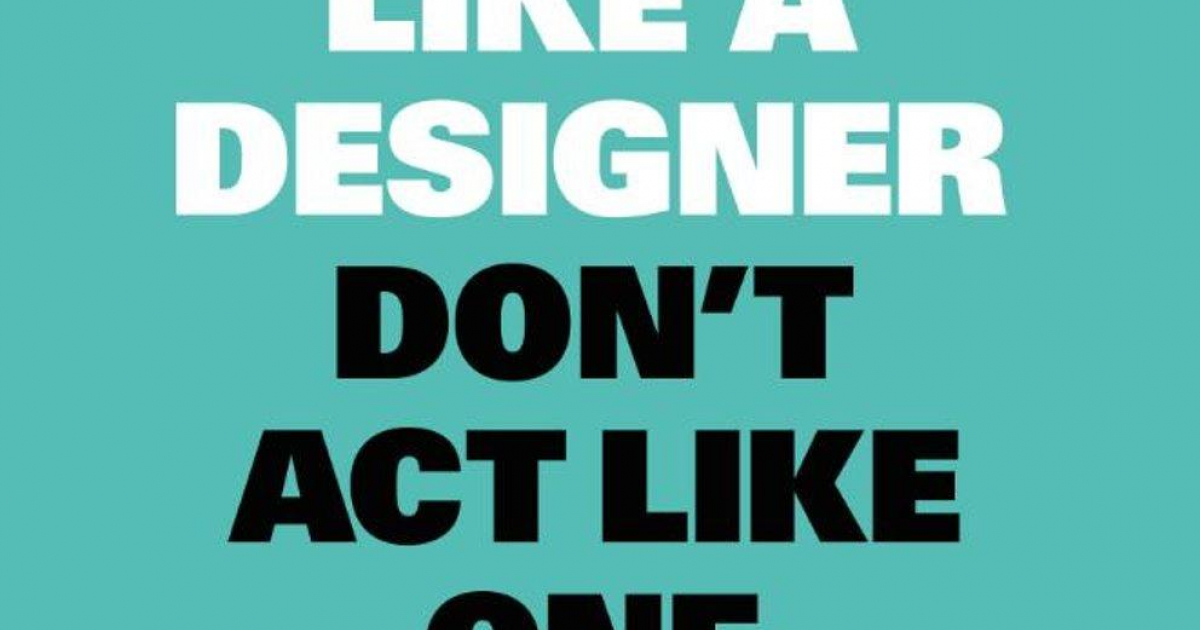Jeroen van Erp: Ignore the Trends

Jeroen van Erp: Ignore the Trends
Jeroen van Erp: innovation strategist, co-founder of strategic design agency Fabrique, and professor of Concept Design at the faculty of Industrial Design Engineering at TU Delft. Just to name a segment of what Jeroen has under his belt. We caught up with this industry insider to discuss life after corona, why he doesn’t believe in brainstorms, and his publication Think Like a Designer.
Since the coronavirus has impacted our lives in the Netherlands, what is the most interesting and surprising observation you have read/concluded about human behaviour?
There is not one most interesting or surprising observation; it is a huge tiramisu of insights! For me the most interesting one is the forced pivot we see in how the government behaves, turning from a hardcore neo liberal stance towards a more unifying attitude in order to tackle this problem. Hopefully they learn from it and apply this in tackling the big issues we face as humanity.
For brands that now need to speed up on digital transformation (as stores are closed), in your opinion, what are the most important components of brilliant digital brand experiences?
I could write a book about all this! The real winners in this crisis are Zoom, Microsoft Teams, Google Hangouts, Whereby, Skype, Jitsi and a couple of more like these. The question suggests that we will continue life as it used to be after the crisis. I doubt that, it is too impactful. All companies and brands who sell products, especially commodities, will have to face the fact that business will probably never be the same as it used to be.
Can you describe why they are the real winners? Or what the difference will be between selling a product pre and post corona?
The ones I mentioned offer a meaningful service in the same way that Netflix, the weather forecast or an online service about how to take your medication do. In recent decades, marketeers tended to forget the most important P of the 4 Ps (according to Kottler), namely the P of product. They focused more and more on the P’s from promotion and price, focusing on short term benefits in order to satisfy the shareholders. You’re asking the question what the difference will be between selling a product pre and post corona. The consumption power will not get back easily to the level of pre corona. So ask yourself: is my product relevant enough? If it is relevant, it takes less effort to communicate value and to sell it. If not, you have a problem.
Products are more and more connected to services (and brand communications) in digital environments. What do you think will be the biggest shift in digital design for the next 3-5 years? What is a trend that really excites you?
Ignore the trends. This is a bit of a fear of missing out question. I hope the biggest shift will be that we turn away from aiming for short term effects and move towards more durable products and services. If you see the crazy amount of money our telecom providers have spent on advertising in recent years. Only in the Netherlands it is a few €100 million… What if they would have invested a bit of this money in developing a meaningful service?
Which recent digital innovations (e.g. experiences, services, art) - in the context of coronavirus - have inspired you?
Have a look at this. No idea who made it… ;)

You have been a loyal visitor and student of SXSW for many years. What do you think we missed? Which topics had you been looking forward to diving into? Which trends/people from the world and mindset of SXSW could the Dutch creative industry learn from?
More than ever, I’m interested in how to contribute in solving the grand challenges. I strongly believe that governments and politicians have to play a bigger role in orchestrating this. Last year I saw a few very good examples of what Obama instigated during his administration. I was looking forward to more of this…
Could you elaborate about one of these examples?
Like in the Netherlands, in the US, some of the big IT programs failed, which ended up costing a few $100 million. Obama asked himself: why are we not doing this ourselves? He founded the USDS, The United States Digital Services department, and hired Megan Smith (Google, Apple) as CTO. The first project they started was to get rid of the paperwork needed for immigration services and make it an online service. At that time, seven big trucks with paperwork were continuously driving through America, taking care of logistics... Have a look at here. Trump didn’t kill this initiative. I can’t figure out if that is good or bad...
Fabriques slogan is: ‘We’re designing change’. What mindset is needed if you want to make a change that is sustainable? Which other capabilities do your teams and clients need, or need to develop?
This also is a book! Firstly, three key-factors: create visions, ideas, new horizons that are attractive to all stakeholders in the project. Secondly: make sure that everyone involved accepts the uncertainties that go along with change. Thirdly: make sure there is ownership of the project – a highly underestimated factor in change. After this, you only have to execute it immaculately.
We read one of your posts that said you were done with brainstorming. Implementing change never seems to happen by just one person. How do you think, especially big changes, can be incorporated into businesses faster? Do you believe in a more democratic or top down approach?
I believe in an approach where top down and bottom up resonate with each other, there is no such thing as a single truth in this. But before you give me the chicken & egg question: I believe it has to start with a vision, an idea, a point on the horizon. Often developed by somebody (or a small group) who dares to push the boundaries or is just crazy. It is a big misunderstanding that you can tackle complex problems by organising brainstorms. The whole attitude around this phenomenon is wrong. It doesn’t ignite a critical mindset that is needed for developing good ideas. After Change by Design by Tim Brown of IDEO, a lot of corporates had the idea that design thinking would solve all their problems. Not.
Which (recent) project/product did you wish you made? Why?
I am deeply impressed by the hourglass Marc Newson designed – more or less the Messi of product design. Even more these days, when we are forced to contemplate the concept of time. Also the craft needed to make the object is jaw dropping. Don’t forget to watch the video!

Can you give three of your most surprising insights from writing the book Think Like a Designer?
- The book contains 75 lessons. Writing the last 5 lessons was as much work as the first 70.
- Designers don’t read. Unless the knowledge is offered as a simple snack – as in the Think Like book. Now suddenly designers are surprised that there is so much interesting knowledge available.
- When you write about colour, you have to be careful. I met people who were angry because of lesson 16: Beware Of Purple.

